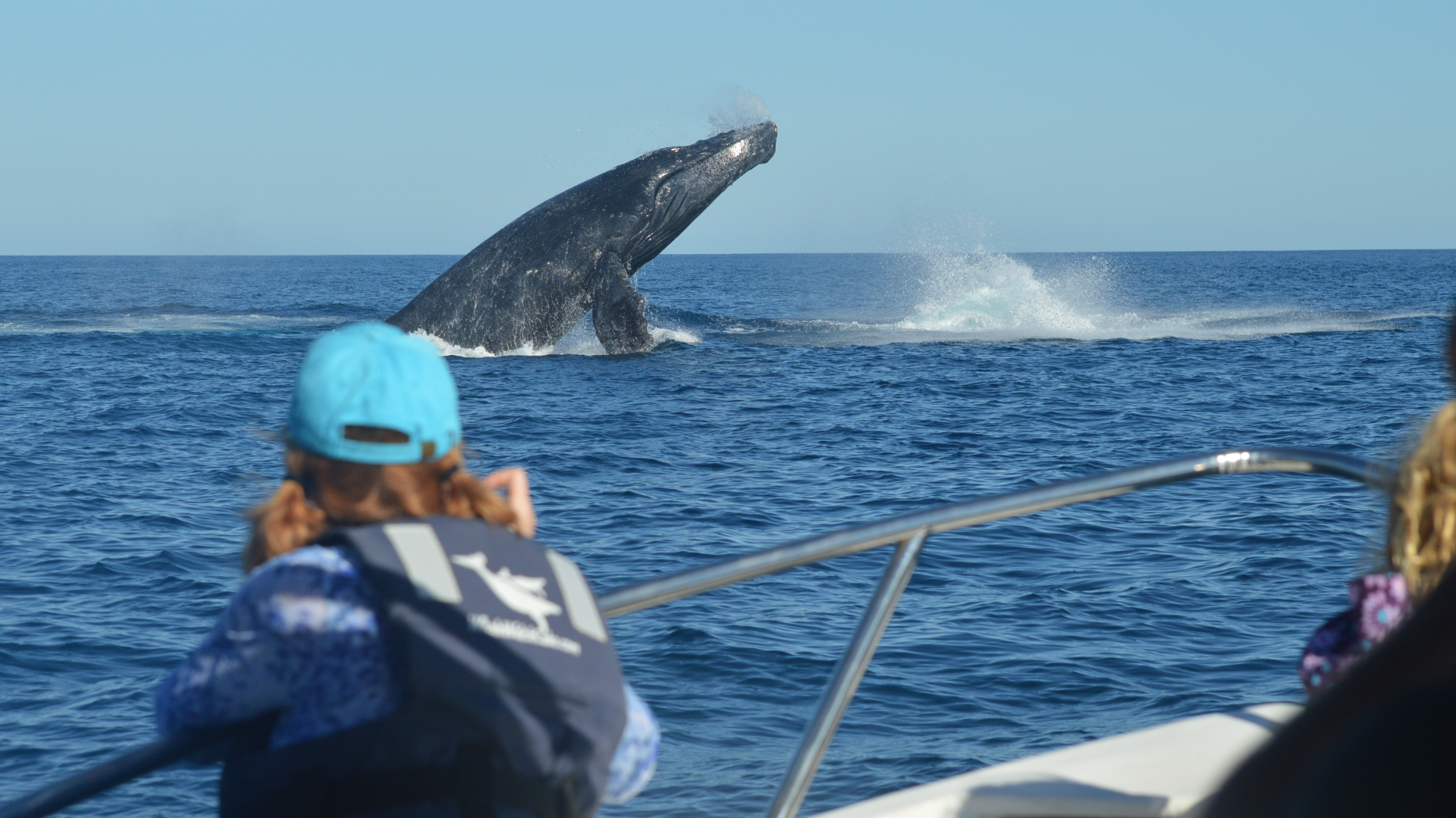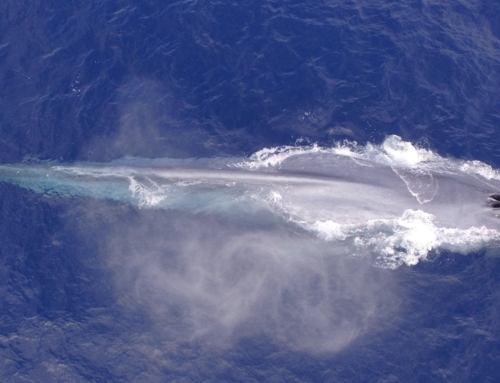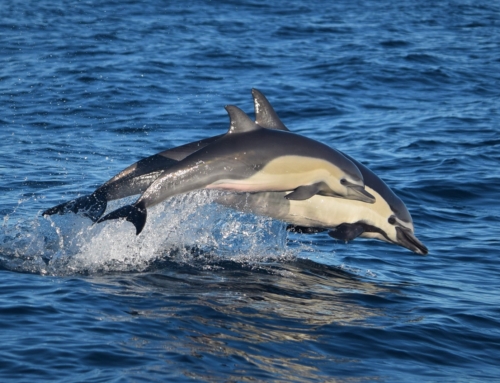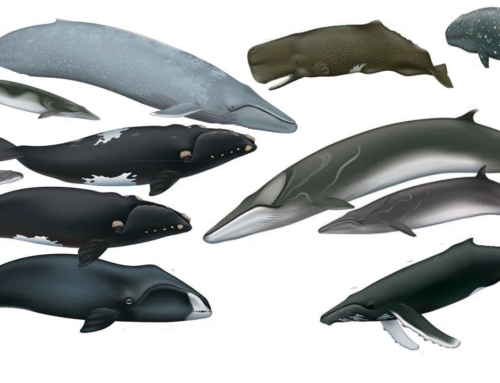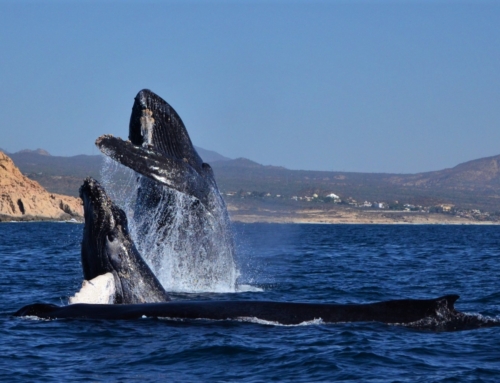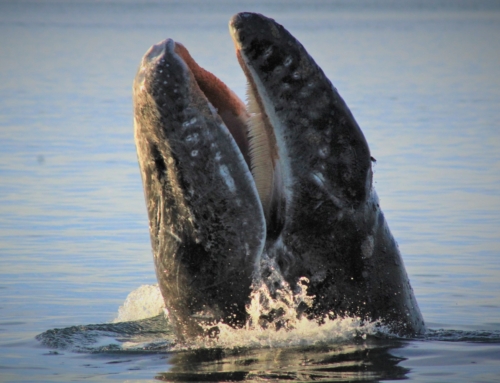Whether you’re exploring the high seas or the desert, in Baja California adventure is always just around the corner.
The Baja California peninsula in Mexico is the second longest on Earth after the Malaysian peninsula, extending 1247 km (775 mi). It separates the Sea of Cortez from the Pacific Ocean. Its width ranges from 40 km (25 mi) at its narrowest to 320 km (200 mi) at its widest point. Two of Mexico’s 31 states, Baja California and Baja California Sur, cover the entire peninsula. The coastline is over 3000 km (1900 mi) long and boasts some of the most beautiful beaches in the world. Below the waves (and sometimes above) one can find many of the oceans most iconic residents. The land is mostly desert and largely uninhabited. The state of Baja Sur has the lowest population density in the country with most of the population of about 770 000 concentrated around Los Cabos and La Paz in the South.
A Brief History of Baja California:
The peninsula broke away from mainland North America about 12-15 million years ago and is still slowly moving out towards the Pacific. Evidence points to human habitation as far back as 10 000 years ago. The early inhabitants were mostly American Indian hunter gatherers although at least one group, the Cochimí, did employ agricultural technology. These indigenous communities thrived right up until the arrival of Spanish conquistadors in the 16th century and some still inhabit the area to this day. The Spanish arrived in search of a mythical ‘paradise of the west’ that was full of treasure and black skinned tribes of Amazons. This myth was quickly shattered and the true riches of Baja would only be uncovered much later…
After the Mexican-American war California was separated into two regions. Alta (upper) and Baja (lower) California, the former becoming part of the United States and the latter Mexico. The peninsula was often neglected and forgotten because of its small population and distance from Mexico city. In recent years however, that has all changed.
Baja California Sur has become Mexico’s star state in terms of economic growth. Agriculture, commercial fishing and mining have all become important contributors but one industry is rising above all the rest. Before the 1970’s tourism in the state was minimal, today it is the most important and fastest growing industry. The best example of this trend is Cabo San Lucas, which has gone from sleepy fishing village to thriving tourist city.

A map of the Baja California peninsula
Things to do in Baja California:
The vast majority of tourists visiting Baja end up around Los Cabos. This region on the Southern tip of the peninsula consists of Cabo San Lucas, San Jose del Cabo and the area in-between called the tourist corridor. There is a well developed tourist economy in the area with many hotels, restaurants and activities to choose from.
Everything here revolves around the ocean. Go whale watching, scuba diving, fishing, para-sailing or just for a sunset cruise, there is something for everyone. On land there is also plenty to do. Take an ATV/quad bike tour, go horseback riding on the beach, visit an organic farm, sample the local food & nightlife or just kick your feet up and relax.

Lucky whale watchers are treated to a close
encounter with a Humpback.
Explore the Peninsula:
Los Cabos may have everything you need for a vacation but the surrounding areas offer just as many exciting opportunities. Another upside of exploring areas outside Los Cabos is that there are relatively few other tourists. No crowded beaches, better prices and genuine Baja culture. It’s easy and safe getting around in a rental car or you can even book tours that depart from Los Cabos and will organize everything for you.
Visit Isla Espíritu Santo, a protected area with incredible beaches and amazing marine life just North of the state capital, La Paz. Stroll around artisan shops and visit The Hotel California in Todos Santos, just an hour from Cabo San Lucas. Experience Cabo Pulmo, a thriving eco-system and world famous example of successful conservation on the East Cape, also not far from Los Cabos. Come face to face with gentle giants in Magadlena bay. The Pacific coast of the peninsula is famous for spectacular interactions between Gray whales and humans.
Facing Challenges:
Baja California is one of the many regions on Earth currently facing massive ecological change and challenges. These changes are all linked in some way to human activity. The commercial and illegal fishing industries have brought some prosperity to the region but have extracted far more. Even the highly productive waters of the Sea of Cortez and Pacific cannot keep up with the insatiable demand. Fresh water is also an issue in Mexico’s driest region. Groundwater reserves are being run down far faster than they are replenished and are expected to run out within decades. The recent explosion of economic growth also means more people, especially tourists. This in turn has meant a drastic increase in the amount of waste generated. Neither the government nor the private sector have shown any urgency around this issue until recently.
Finding Solutions:
The good news is that we can all be a part of the solution. Mexico and many other countries are slowly coming around to the true value of their natural resources and beginning to protect them accordingly. This is mostly due to the hard work of scientists and activists. As consumers at home and travelers abroad we need to make informed and responsible decisions about the companies we support and our habits of consumption. Be responsible with your water usage, avoid single use items and don’t buy stuff you don’t really need that will just end up in the trash. Support companies that are sustainable and transparent about their practices.
There are many people and organisations out there trying to make positive changes that will safeguard the future of nature and humanity. Do your research, find your cause and contribute however you can. Baja California and the world still have a bright future if we act now.

A diver participates in an ocean cleanup
with Zero Waste Los Cabos

